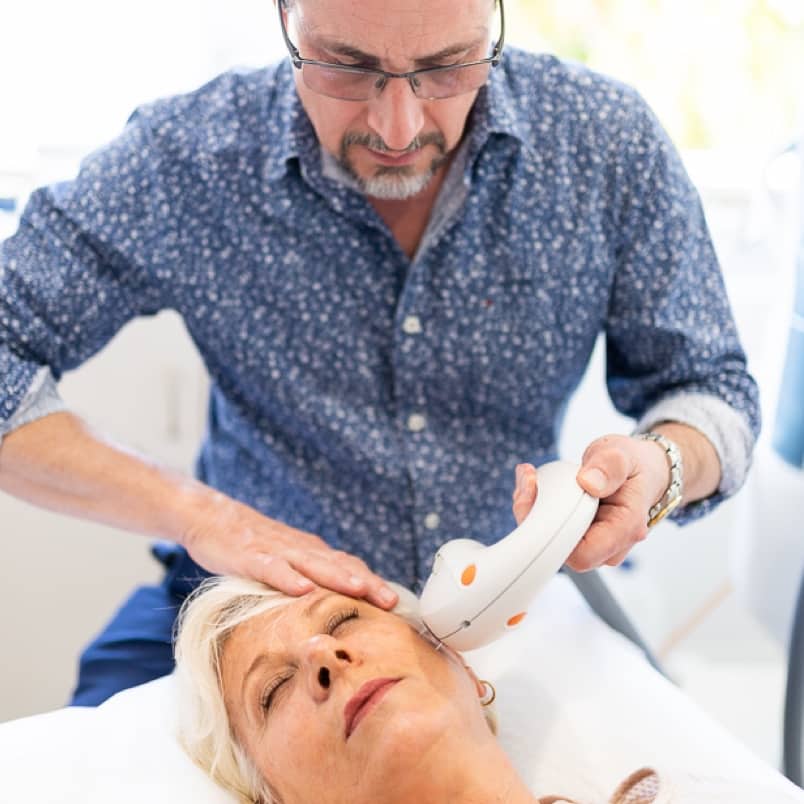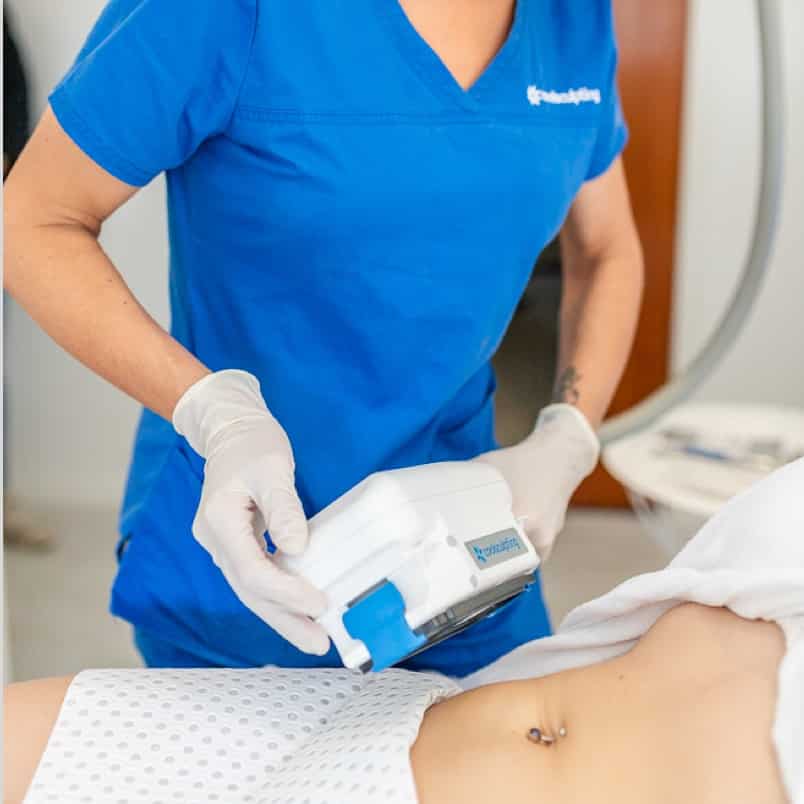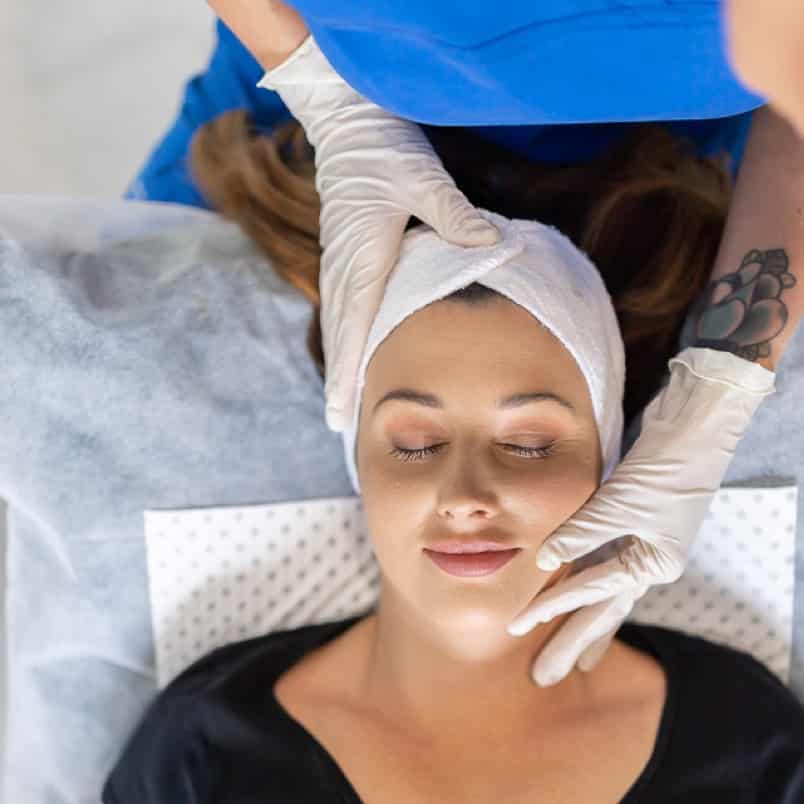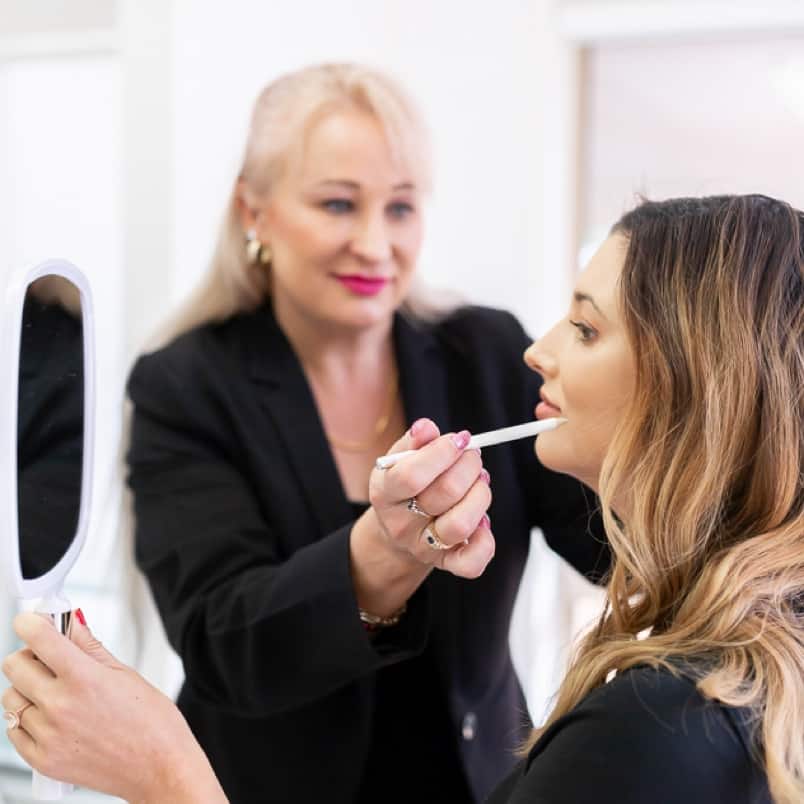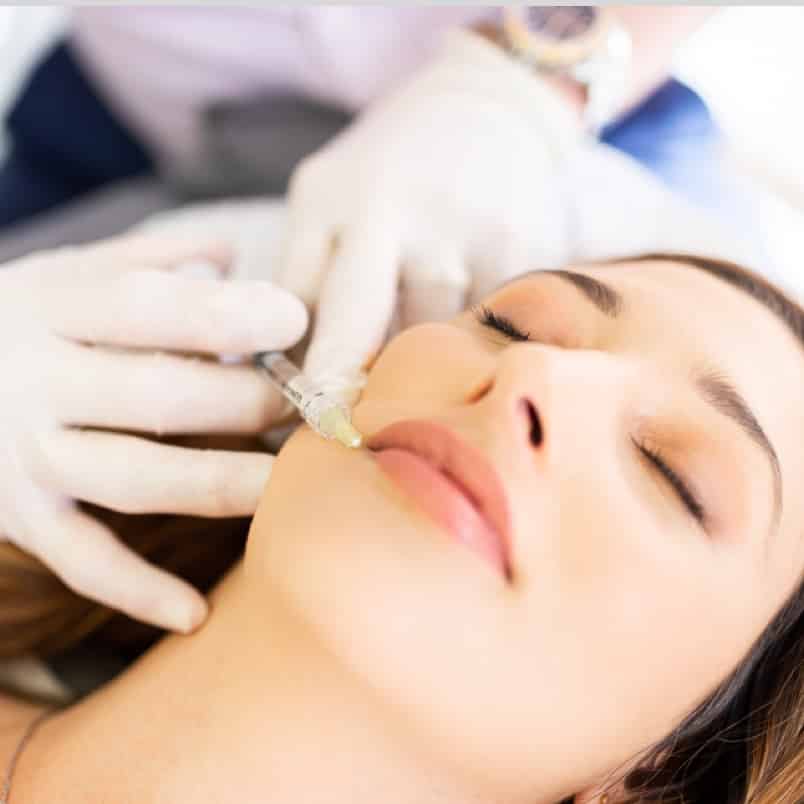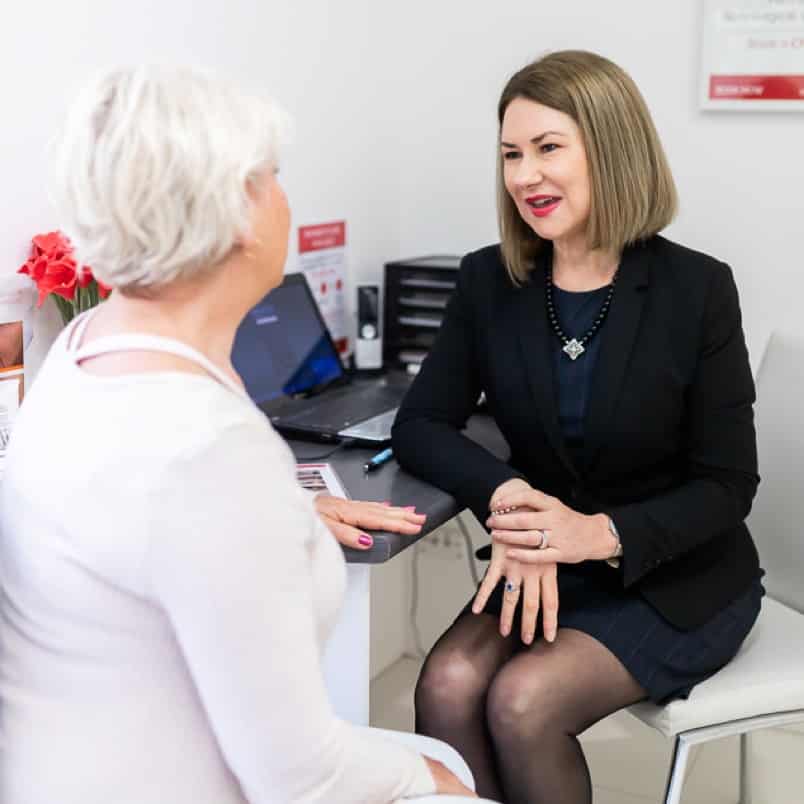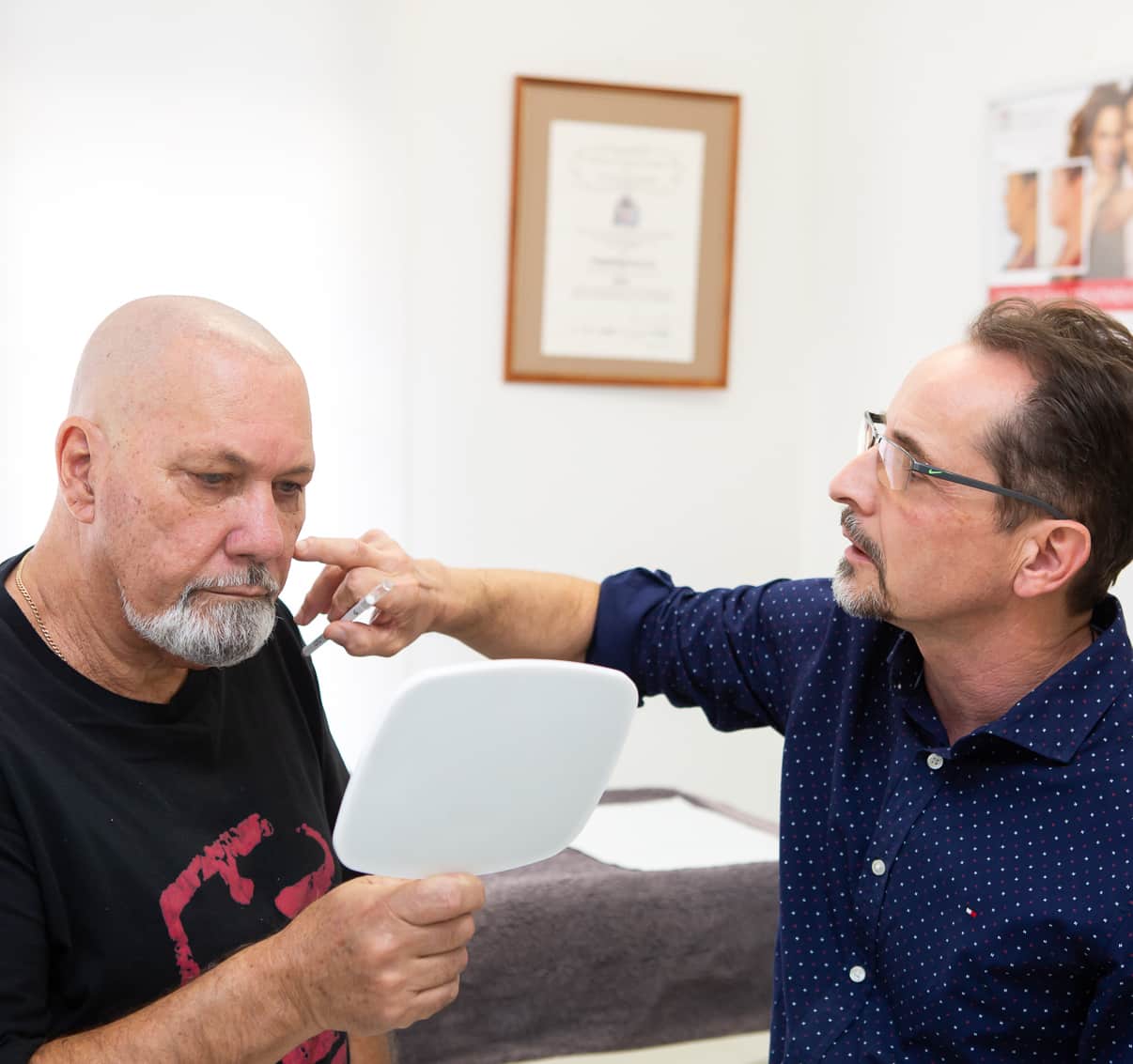Skin Cancer Checks & Mole Removal Gold Coast
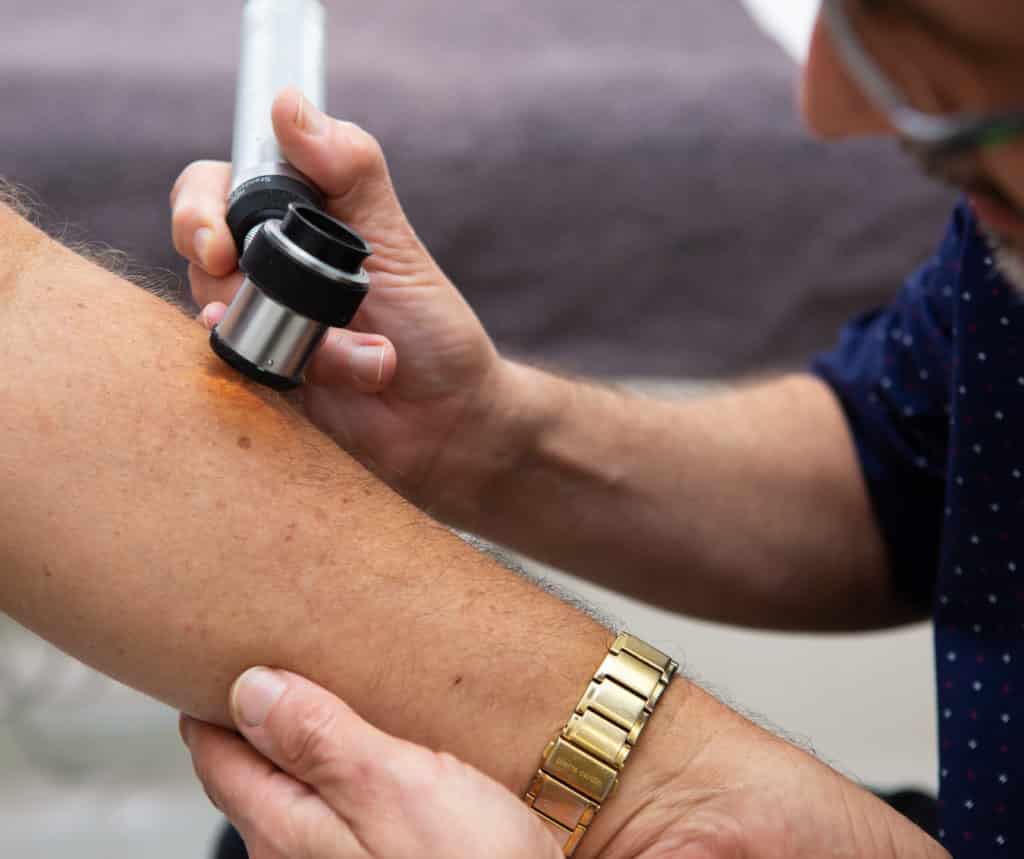
Skin Cancer Removal
Welcome to Envisage Clinic, your trusted destination for professional mole removal and skin cancer checks on the Gold Coast. Our clinic specialises in offering comprehensive solutions for those seeking to address cosmetic and medical concerns associated with moles.
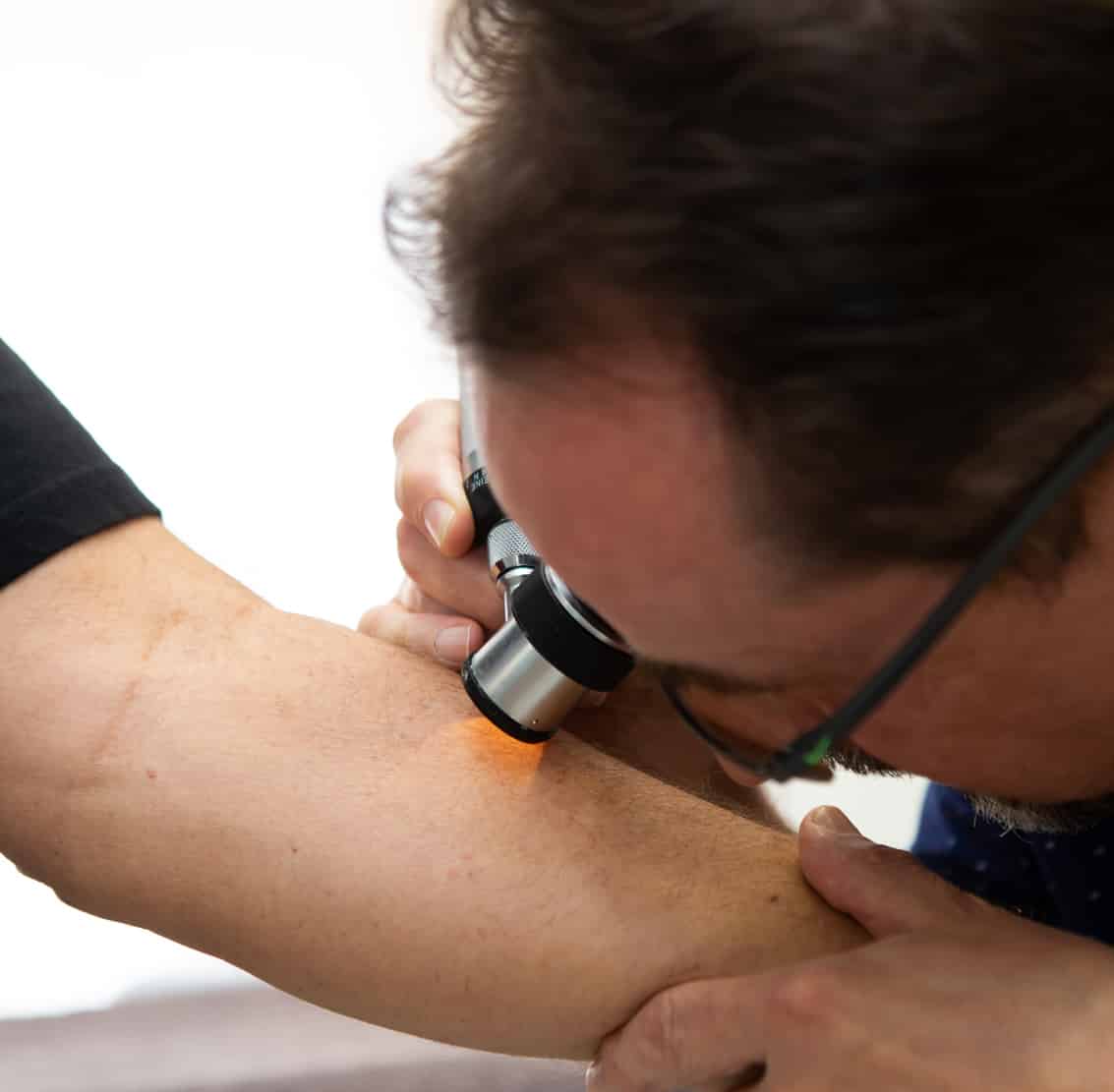
Skin & Mole Checks
Cosmetic Mole Removal
Skin Cancer Checks
Our Mole Removal Methods
Excision Method
Shave Excision
Advanced Options: Laser and IPL Mole Removal
Comprehensive Care
Pain Management and Recovery
Skin Tag Removal and Cancer Concerns
Mole Removal in Various Body Areas
Post-Procedure Care: Swimming and More
Addressing Side Effects
Some lasers can be used to perform a shave excision. Generally we find that radiofrequency shave excision is more accurate and less expensive. Pigment lasers and IPL cannot be used to treat moles.
The only discomfort is from a small injection of local anaesthetic. There should be no pain during or after the procedure.
Dr Leat will examine all moles for the possibility of cancer. All moles excised are sent for pathology, and most shave excisions allow for a sample to be sent for histology. If there is considered to be any possibility of skin cancer, then an excision or biopsy is performed.
Yes. Depending on the site some moles are best removed with excision and some with shave excision. Some areas of the body heal better than others, and this will be discussed at your consultation.
Essentially there is no way of removing a mole that does not have the possibility of leaving some mark afterwards. Excisions will always leave a scar. Generally these heal as a fine line scar and, depending on the size of the mole, are often only a very few millimetres long. Usually such scars are not noticeable. Shave excisions can leave an area of slight textural or colour change afterwards, or even a small pale area of skin the size of the mole. Occasionally after shave excision the mole recurs and needs a repeat treatment. Very rarely a lumpy or keloid scar may occur, this is most likely after excision as opposed to shave excision, and is most common on the chest, shoulders and back.
Generally, you can shower and wash in the normal way, but are best not to soak the treated or excised moles afterwards, so no swimming, saunas or baths for a week or two.
Most moles and skin tags, even in very tricky spots like noses, ears, and eyelids, can be removed by shave excision or small excisions.
Yes, Dr Leat is experienced at performing skin cancer checks.
Generally it is best to wait until adulthood, but in rare circumstances, where a mole is causing annoyance or distress, they can be removed earlier.
Costs vary depending on the number, size and location of the moles. Some treatments will also attract a Medicare rebate. The best thing to do is to come in for a free (or bulk billed) consultation with Dr Leat for an assessment. As a rule of thumb average single moles cost around $300, but small moles or more than one mole treated at one time are proportionally less expensive.
Additional Services
Skin Cancer Checks for Prevention
Your Partner In Aesthetics
Envisage Clinic is committed to providing top-tier mole removal services and skin cancer checks. While we focus on methods, considerations, and related queries, we encourage consultations for personalised advice, especially regarding specific concerns like treatment for children and cost details.
Embrace a confident future with Envisage Clinic – your partner in skin health and beauty on the Gold Coast.
All Skin Cancer Checks by Dr Chris Leat - Medical Director Envisage Clinic

Founder and Director, Dr Christopher Leat has over 38 years’ experience in Medicine and is a Member of The Royal College of Physicians in London.
He has devoted the last 28 years of his life to Cosmetic Medicine and is recognised throughout Australia as one of the most experienced doctors in the field of Cosmetic & Skin Cancer.
Dr Leat has lectured at conferences throughout Australia and is frequently asked to demonstrate his techniques at advanced training courses.

